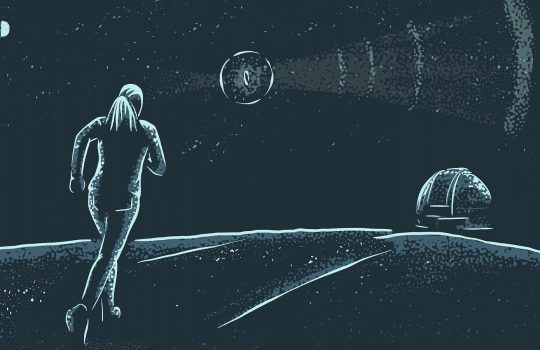White House announces $1 billion plan to create AI, quantum institutes
- quantum computing
- quantum information science
- quantum science
- quantum sensor
- SQMS Center
- Superconducting Quantum Materials and Systems Center
From The Wall Street Journal, Aug. 26, 2020: The White House announced that federal agencies and their private sector partners are committing more than $1 billion over the next five years to establish 12 new research institutes focused on artificial intelligence and quantum information sciences. The Energy Department will supervise and invest $625 million in the five centers focused on quantum information sciences, including one led by Fermilab.



